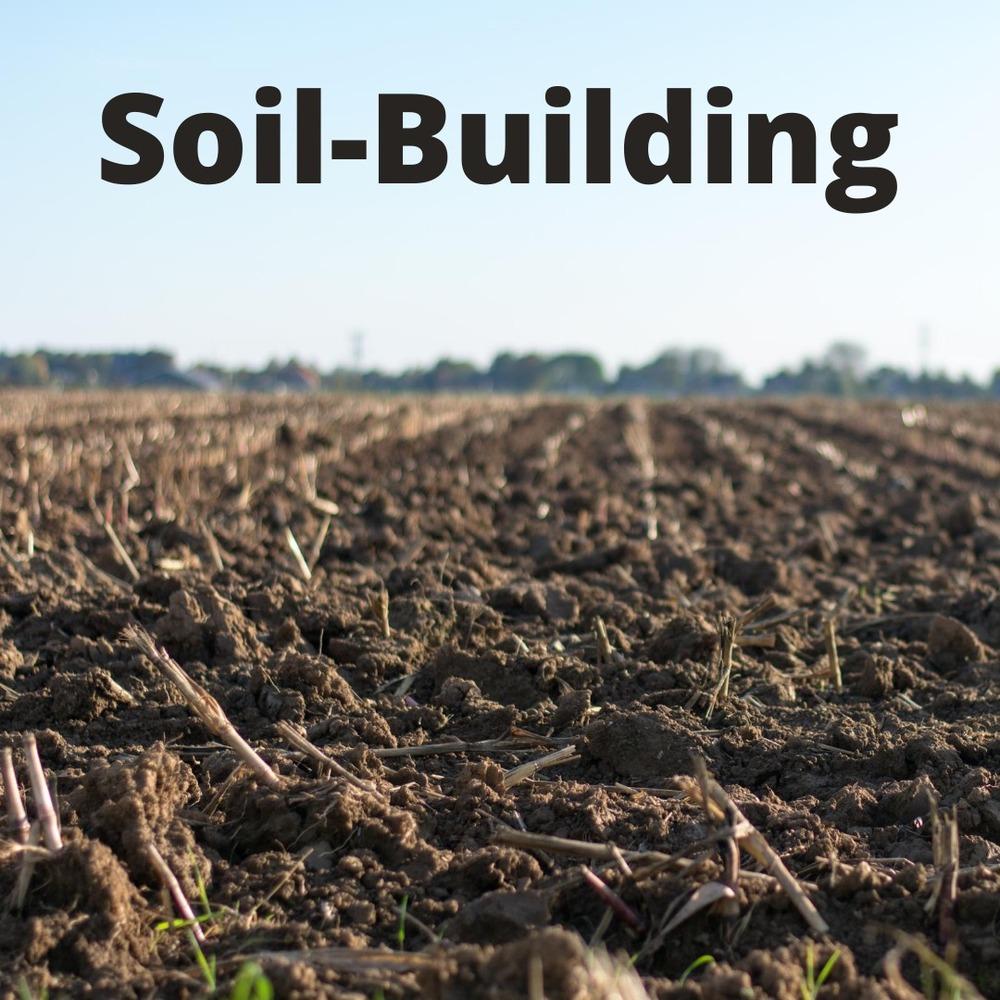
Fall is a great time of year to tune up your soil. The year's harvest is winding down, the cool weather makes gardening enjoyable, and many of the soil amendments you add now will have all winter to break down before your next planting. Vegetables, herbs, and fruits all take nutrients from the soil as they grow. Each year you need to replace those nutrients to insure a healthy harvest. It all begins and ends with the soil. The healthier the soil, the better your vegetables will grow and the fewer problems you'll have. There are many ways to improve your soil, including adjusting the pH, adding fertilizer and soil amendments, and planting cover crops. By doing a little work now, you'll save time and energy in spring when you have so many other tasks calling you.
Testing Your SoilThe first step is to test the soil to see if any nutrients are significantly out of whack. You can take a soil sample and send it to your state Extension Service office for testing. They will give you a complete write-up of the pH level and the levels of vital nutrients. You can also order specific tests for individual crops or nutrients. For a simpler evaluation of your soil, try the do-it-yourself soil-testing kits. One of the easiest to use is the soil analyzer. These battery-powdered meters show the pH and fertilizer levels. Though not as accurate as lab tests, they give a quick glimpse of your soil's health.
Fertilizer and pHOnce you have your results, you may need to adjust the soil pH. The pH is the measure of the soil's acidity/alkalinity. Most vegetables grow best in soils that are slightly acid, falling between the 6.0 and 7.0 range on the pH scale. Add lime to raise the pH and sulfur to lower it to within these levels. Another amendment critical to soil health is organic matter. Organic matter breaks down in the soil into humus, which is essential for soil health. Add aged manure or compost to the garden this fall, working in a 1- to 2-inch-thick layer. The organic matter will feed the soil microorganisms, creating better soil structure, tilth, and water drainage on clay soil; and improving water retention on sandy soils. Fall is also a good time to apply organic fertilizers, such as rock phosphate and greensand, based on your soil test. These fertilizers break down slowly over time, so by spring the nutrients should be available for plant growth.
To Till or Not To TillTraditionally gardeners till their gardens in fall to expose overwintering insects, bury plant parts, and mix in soil amendments. It may be healthier for the soil, however, to be left untilled. Tilling injects air into the soil, which speeds the breakdown of beneficial organic matter. It also disrupts the air and water channels in the soil, leaving it susceptible to erosion. Tilling also can kill earthworms. So, what to do? If you have a small or raised-bed garden, consider digging by hand. Remove weeds, old plants, and debris from the beds. Add compost and soil amendments, and lightly turning the soil with an iron fork to mix the amendments. If you have a large garden, tilling may be the best option. Just be sure to add organic matter before tilling, and consider mulching the whole garden to prevent soil erosion afterwards.
Cover CropsAnother way to add organic matter to the soil and prevent erosion is to grow cover crops. These are crops, such as winter wheat, winter rye, and annual ryegrass, that grow during the warm days of fall and early spring. Cover crops are seeded in fall about six weeks before the first expected frost date. To plant cover crops, clean up old plants from the garden and till the soil. Use a garden spreader to broadcast the seed, lightly cover it with soil, and water. Let the cover crop grow until early spring, then till it under. Wait a few weeks after tilling before planting. The cover crop will break down and add vital nutrients and organic matter to your soil.
 Charlie Nardozzi is an award winning, nationally recognized garden writer, speaker, radio, and television personality. He has worked for more than 30 years bringing expert gardening information to home gardeners through radio, television, talks, tours, on-line, and the printed page. Charlie delights in making gardening information simple, easy, fun and accessible to everyone. He's the author of 6 books, has three radio shows in New England and a TV show. He leads Garden Tours around the world and consults with organizations and companies about gardening programs. See more about him at Gardening With Charlie.
Charlie Nardozzi is an award winning, nationally recognized garden writer, speaker, radio, and television personality. He has worked for more than 30 years bringing expert gardening information to home gardeners through radio, television, talks, tours, on-line, and the printed page. Charlie delights in making gardening information simple, easy, fun and accessible to everyone. He's the author of 6 books, has three radio shows in New England and a TV show. He leads Garden Tours around the world and consults with organizations and companies about gardening programs. See more about him at Gardening With Charlie.